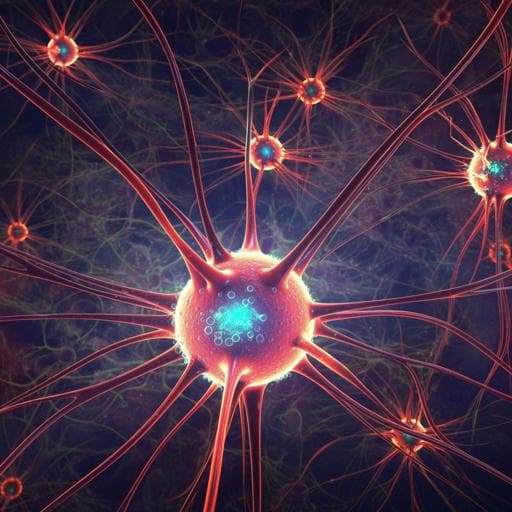
Medicine and Health
Use of physiologically based kinetic modeling to predict neurotoxicity and genotoxicity of methylglyoxal in humans
L. Zheng, X. Li, et al.
This study by Liang Zheng, Xiyu Li, Frances Widjaja, Chen Liu, and Ivonne M. C. M. Rietjens explores the neurotoxicity and genotoxicity risks associated with methylglyoxal (MGO). Using advanced PBK modeling and reverse dosimetry, the research reveals intriguing insights about dietary and endogenous MGO intake, emphasizing the importance of risk assessment in different populations.
~3 min • Beginner • English
Related Publications
Explore these studies to deepen your understanding of the subject.







